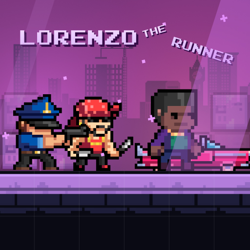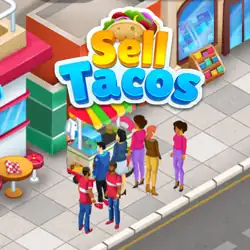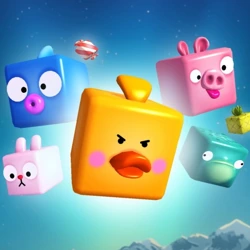Description:
The adventure commences with a match 3 game that is designed for a single player. It encapsulates horror elements combined with a dynamic puzzle experience to completely thrill the gamer. The innovative match 3 board uniquely contributes towards unfolding the eeriness of the game. Each game level is packed with horrifying creatures, puzzling riddles, and a chilling game environment that creates a gripping atmosphere for players.The central character of this spine-chilling match 3 game is the animated protagonist who is a father searching for his missing daughter. On her tenth birthday, the daughter unceremoniously disappears, leaving her father in a state of despair and alarm. As the struggle to find her deepens, the hero encounters a terrifying revelation. He finds there has been a sighting of her at the city's founding founders' deserted mansion; a place swallowed by darkness, with an overwhelming scent of dread and despair.
With a catch in his breath and fears haunting him, the protagonist discovers the abandoned mansion in his relentless pursuit of his daughter. The match 3 game coordinates are set here. In his frantic quest through each level of the match 3 game, he finds himself facing monstrous creatures and confounding riddles that make the environment all the more frightening.
Twisted memories, hidden underneath the bravado displayed by the hero, emerge as he ventures deep into the heart of the mystery. The progression through each level of the match 3 game is symbolic of him both physically and metaphorically unveiling what he had hoped to forget. As the match 3 game intensifies, each level nurturing an increased sense of fear and horror, the protagonist finds himself entangled in a web of forgotten memories.
This match 3 game blends the thrill of horror with the strategy of puzzles effectively to create a haunting single-player experience. The game's story expands as the match 3 combinations are made, pushing the player deeper into the narrative with each successful selection. The beautifully interwoven storyline and the captivating match 3 mechanism make the gameplay an immersive experience that players are unlikely to forget quickly.
Instructions:
The game is controlled using the keyboard. Use the following buttons to control your character: WASD -move the character, SPACE - jump, SHIFT - run, E - action, LMB - attack, RMB - secondary weapon, TAB - pause. Use headphones for a better immersion in the atmosphere of the game. Attention arachnophobes - there are large arachnid monsters in the game. Also in the game there are sudden and frightening sounds.What are Browser Games
A browser game or a "flash game" is a video game that is played via the internet using a web browser. They are mostly free-to-play and can be single-player or multiplayer.
Some browser games are also available as mobile apps, PC games, or on consoles. For users, the advantage of the browser version is not having to install the game; the browser automatically downloads the necessary content from the game's website. However, the browser version may have fewer features or inferior graphics compared to the others, which are usually native apps.
The front end of a browser game is what runs in the user's browser. It is implemented with the standard web technologies of HTML, CSS, JavaScript, and WebAssembly. In addition, WebGL enables more sophisticated graphics. On the back end, numerous server technologies can be used.
In the past, many games were created with Adobe Flash, but they can no longer be played in the major browsers, such as Google Chrome, Safari, and Firefox due to Adobe Flash being shut down on December 31, 2020. Thousands of these games have been preserved by the Flashpoint project.
When the Internet first became widely available and initial web browsers with basic HTML support were released, the earliest browser games were similar to text-based Multi-User Dungeons (MUDs), minimizing interactions to what implemented through simple browser controls but supporting online interactions with other players through a basic client–server model.[6] One of the first known examples of a browser game was Earth 2025, first released in 1995. It featured only text but allowed players to interact and form alliances with other players of the game.



